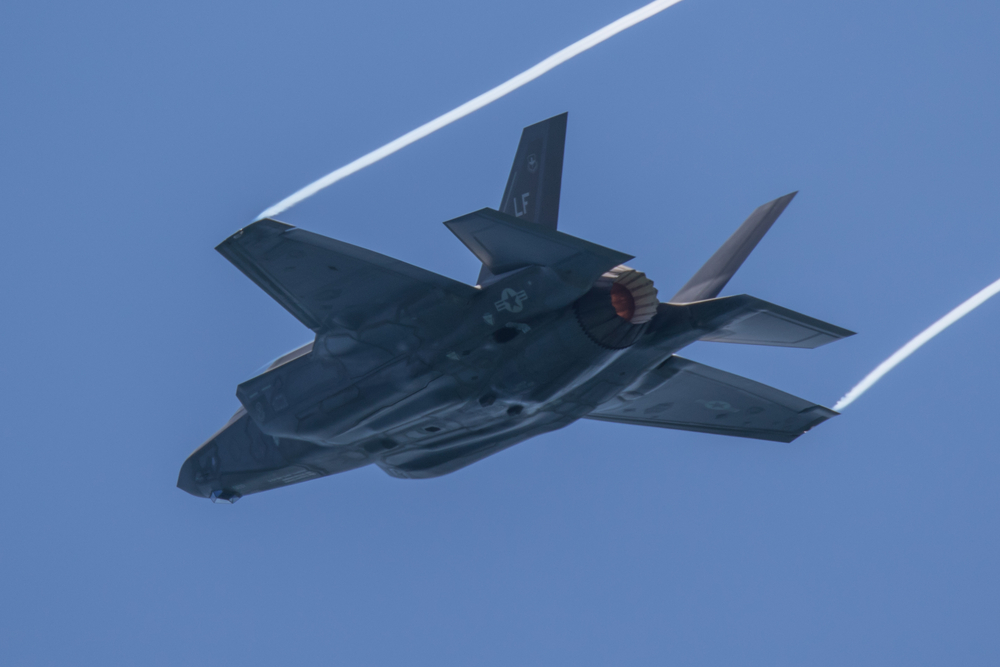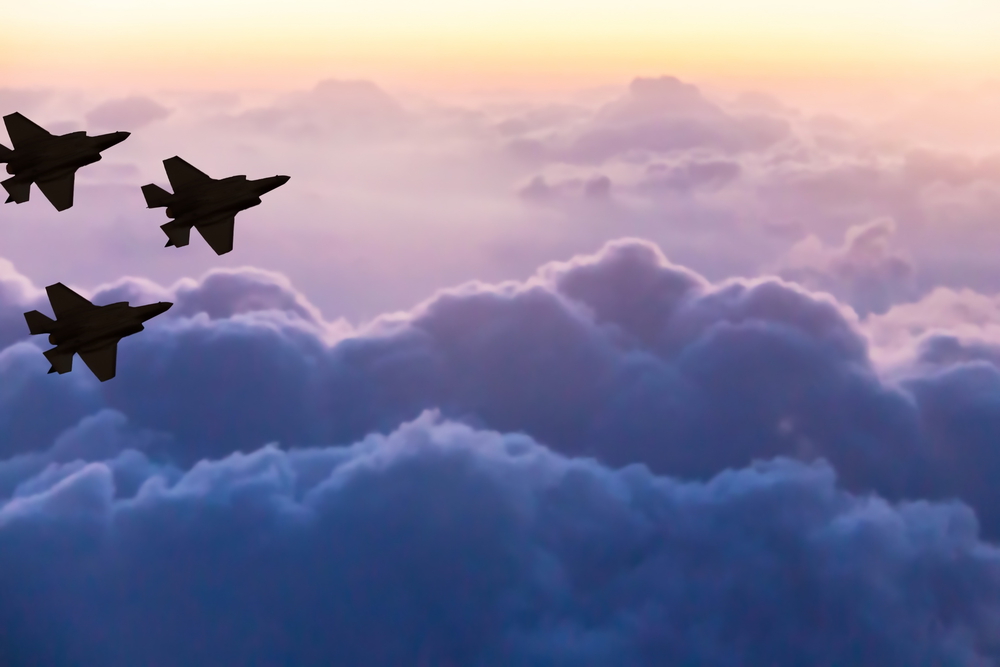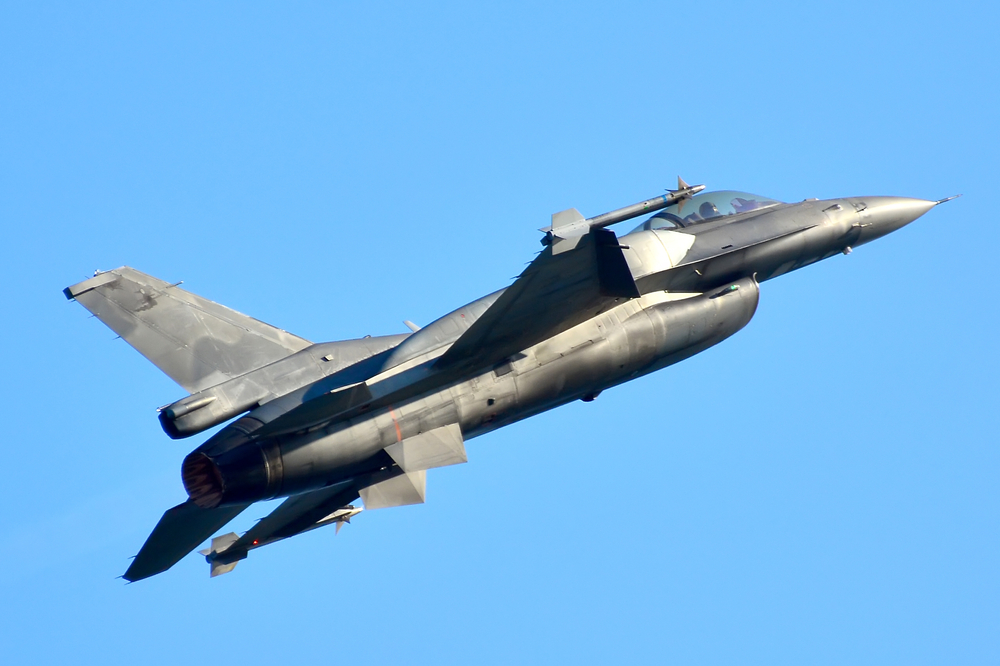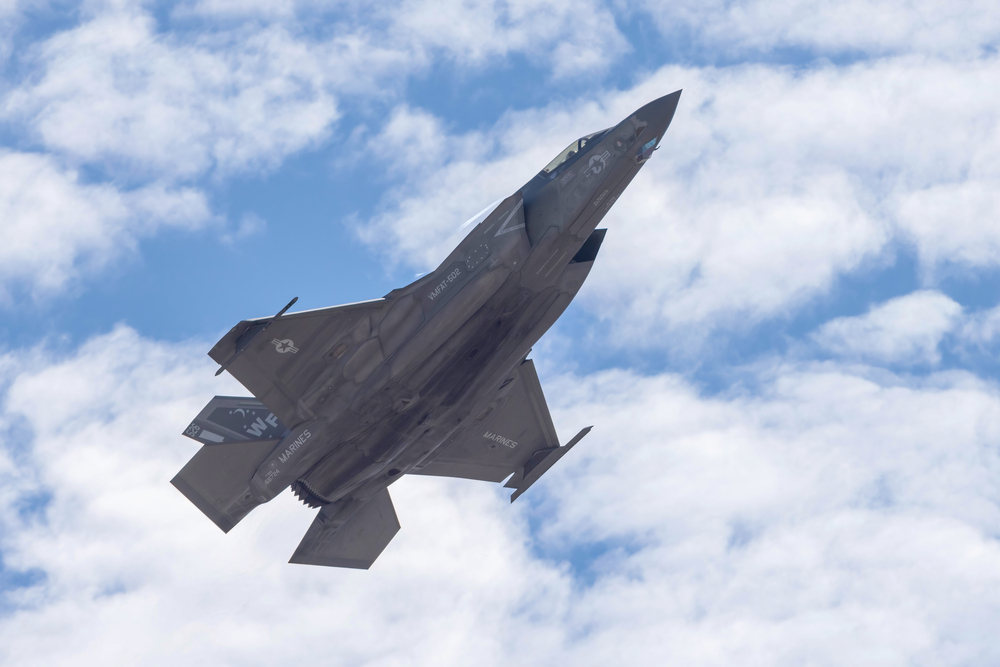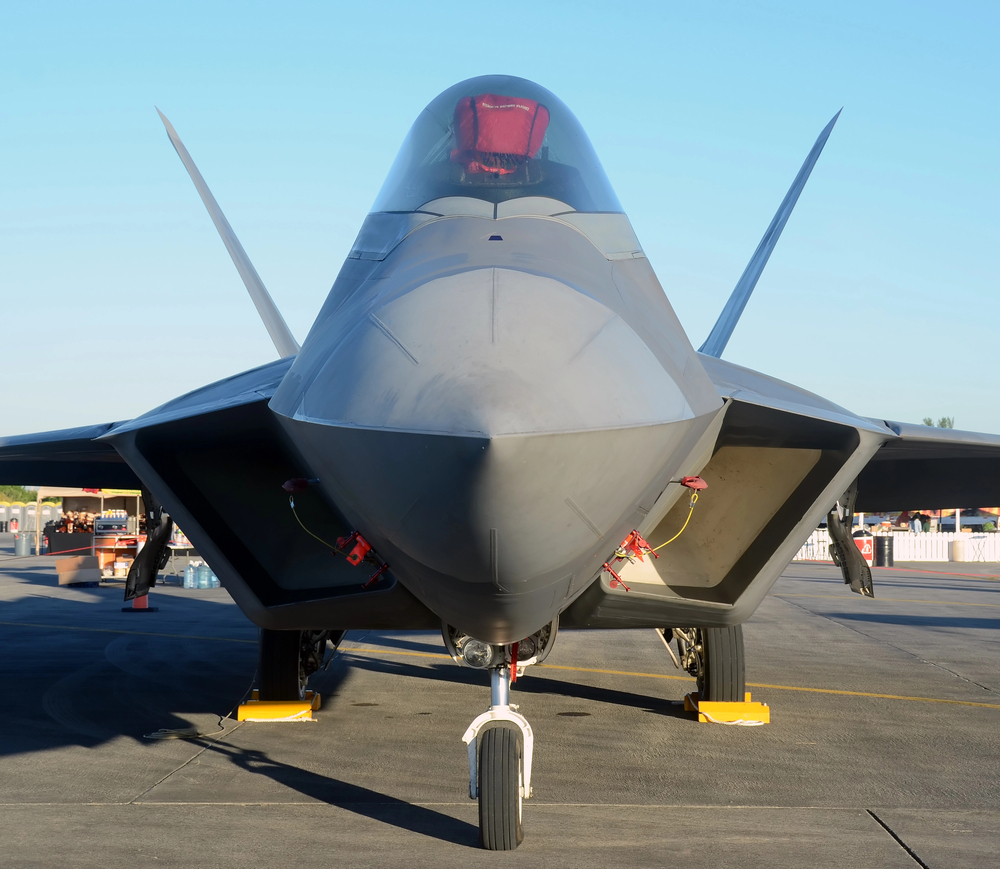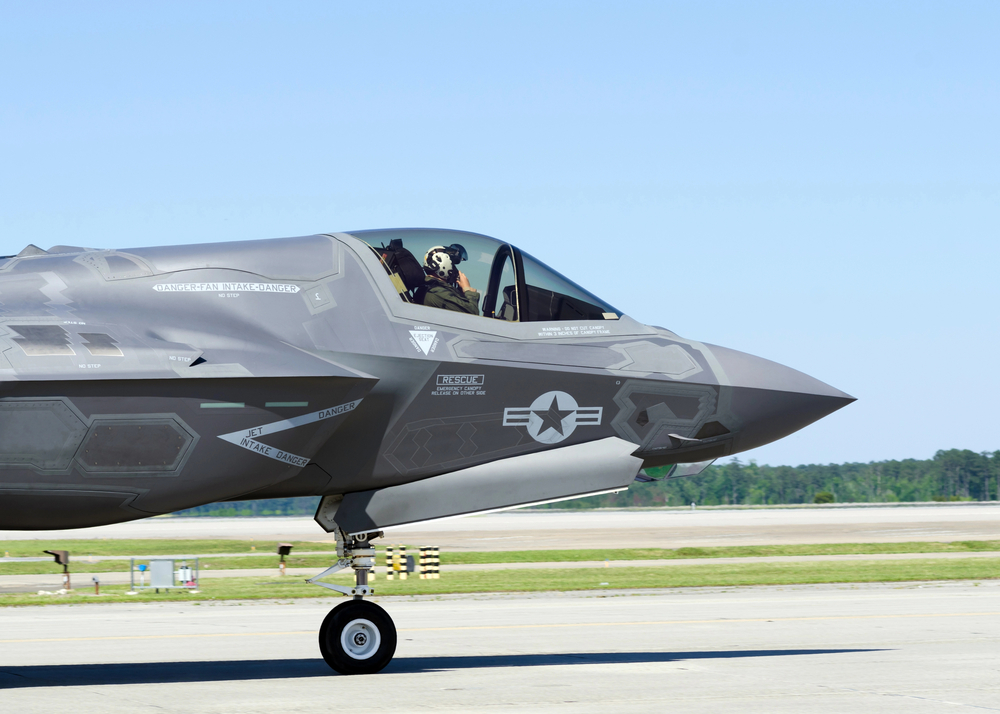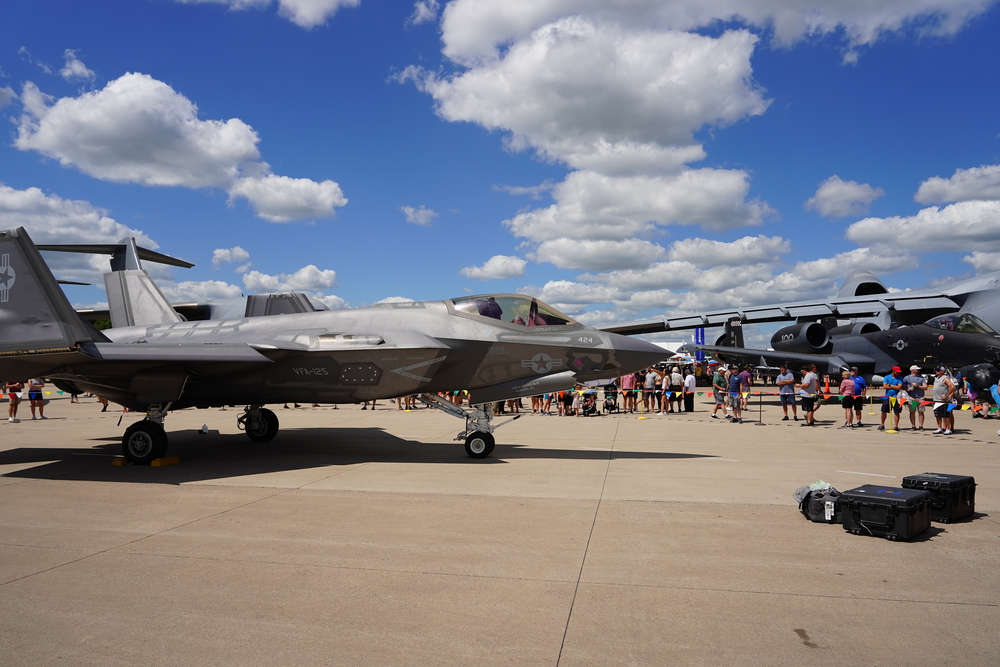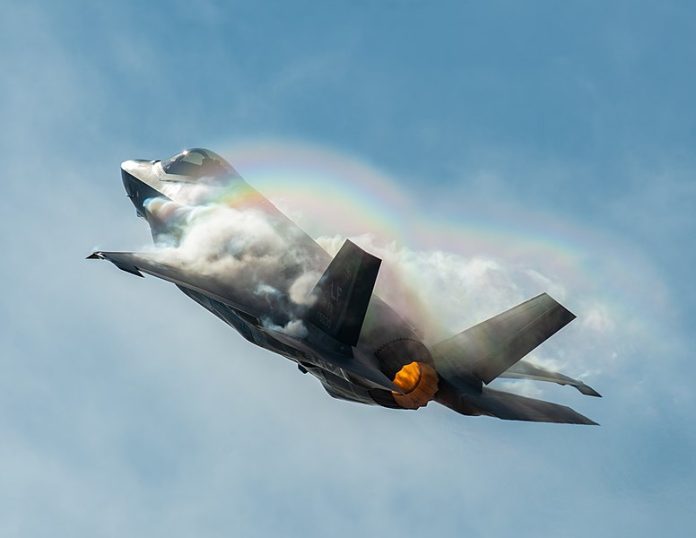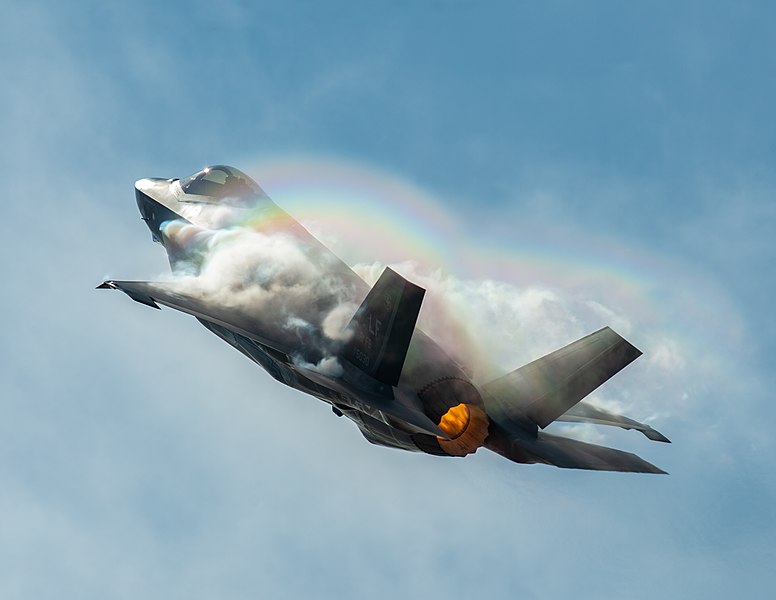
Deputy head of the Russian Center for the Reconciliation of the Warring Parties (CPVS) in Syria, Rear Admiral Kulit stated.
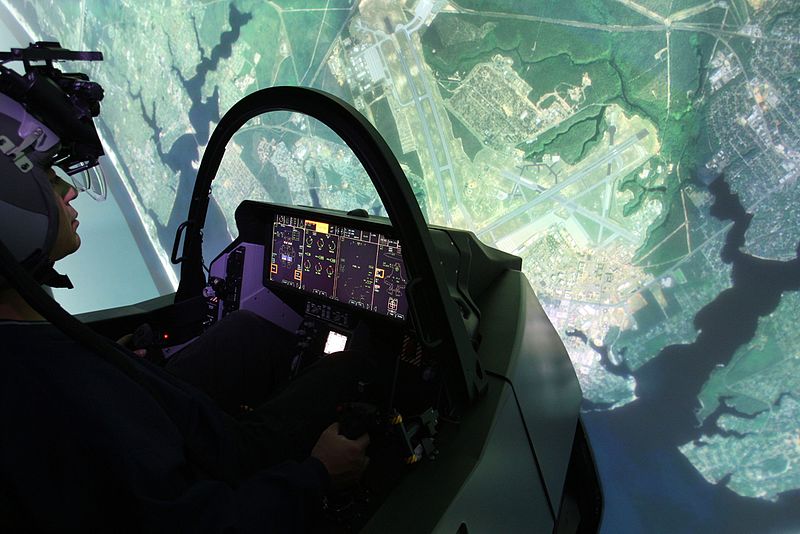
“On August 14, from 12:35 to 12:50, in the Al-Tanf area at an altitude of about 9,100 meters, there was a dangerous rapprochement between two coalition F-35 fighters and two Su-35 aircraft of the Russian Aerospace Forces, which were making a planned flight along the southern border of Syria.” He emphasized the Russian pilots’ swift response to prevent a collision, a testament to their professionalism.
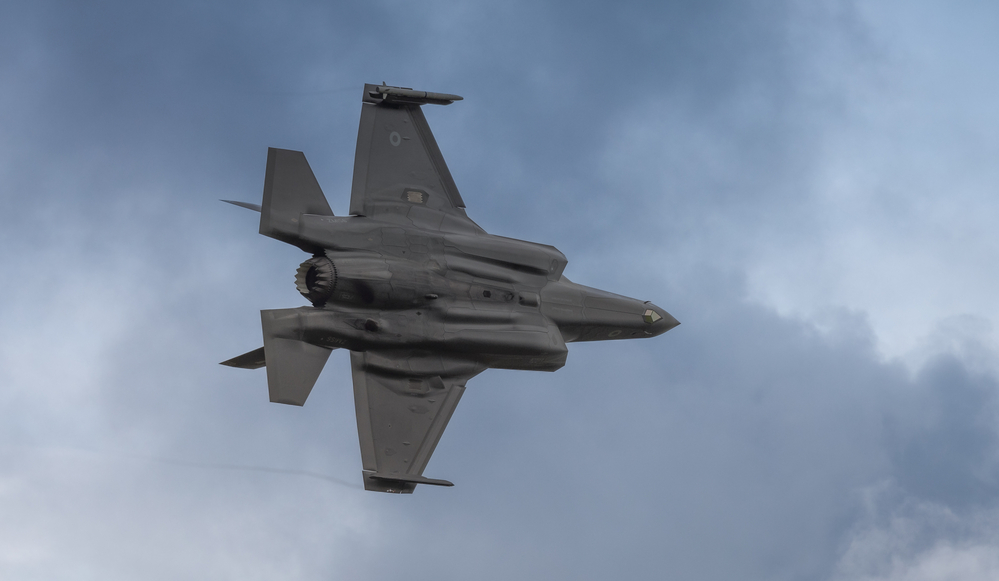
Air Force Col. Michael Andrews, spokesperson for US Air Forces Central Command, earlier stated that the service continues to see reckless, unprovoked, and unprofessional behavior by the Russian Air Force while interacting with US aircraft in Syria.
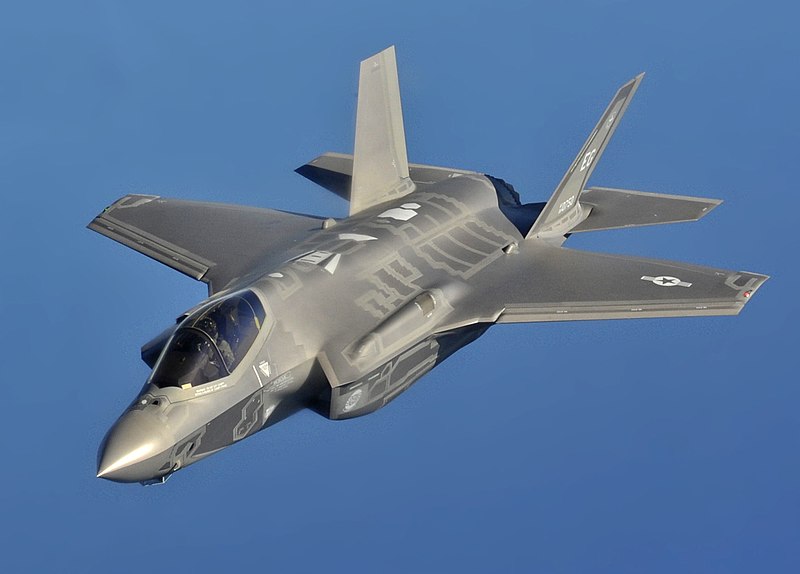
He highlighted that the Russian air force’s actions have included several unsafe and unprofessional interactions just in July, which go against established norms and protocols.
Rear Admiral Kulit further detailed multiple airspace breaches by U.S.-led coalition aircraft, including F-35s, F-16s, Rafales, Typhoons, and MQ-1C drones.
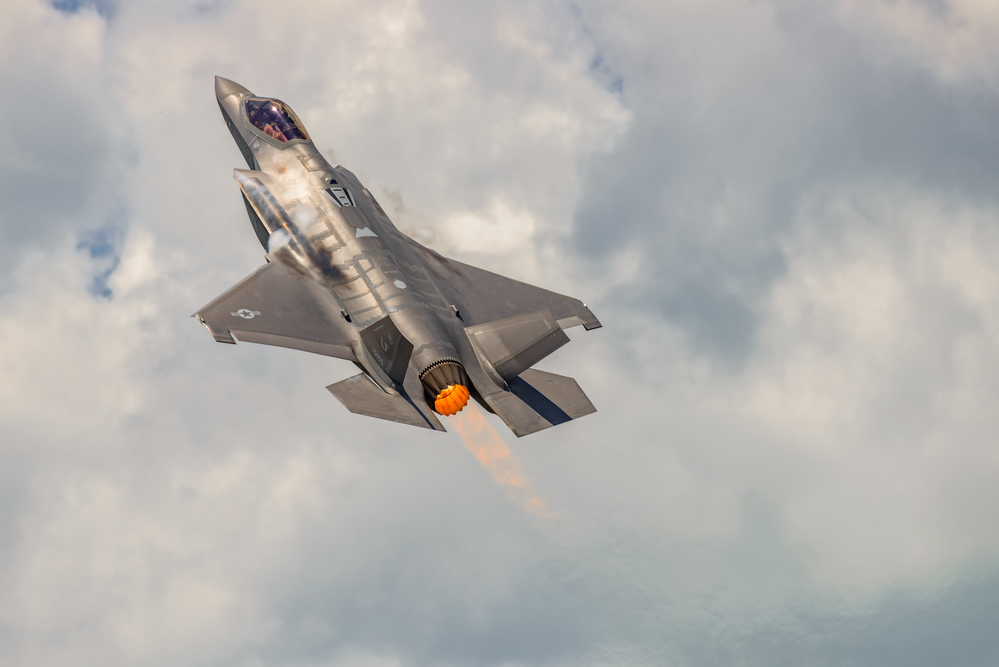
On the same day as the close encounter, there were 20 recorded violations of Syrian airspace by coalition aircraft in the Al-Tanf region. This persistent pattern of airspace incursions by coalition forces has led to nine breaches of December 9, 2019, deconfliction protocols related to coalition drone flights within the last 24 hours alone.
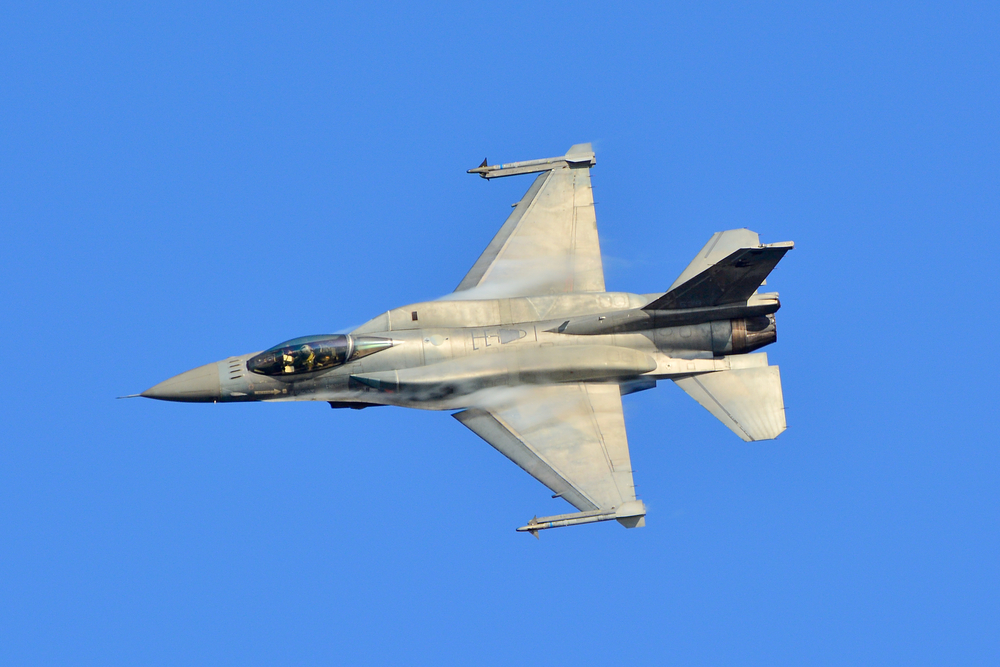
The United States and Russia, both engaged in a high-stakes game of brinkmanship in the Middle East, are coming dangerously close to confrontation.
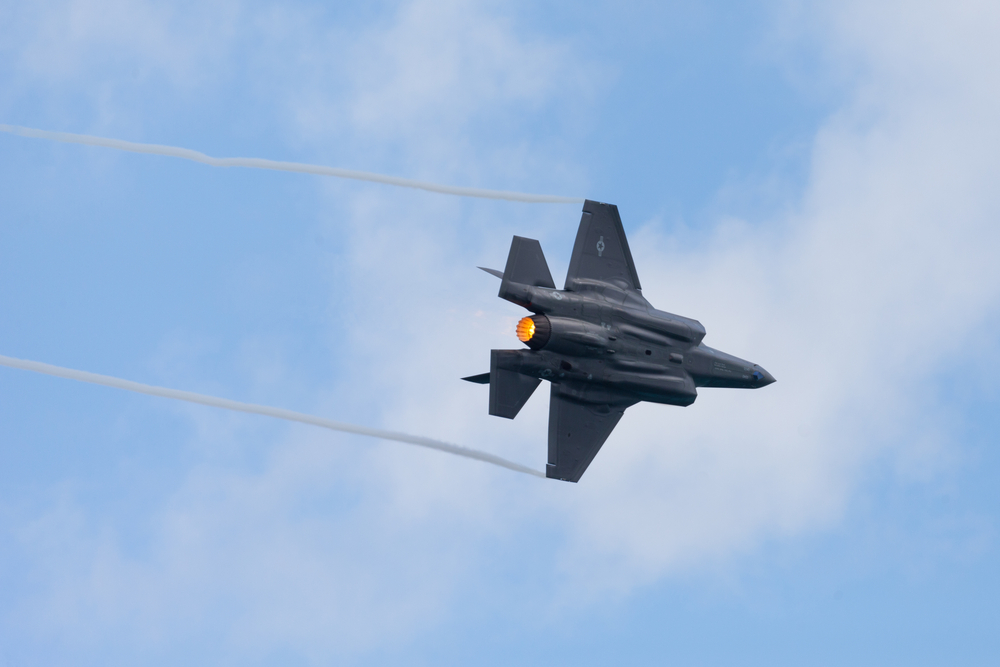
Despite the deconfliction protocols meant to prevent such encounters, the two sides have continued to accuse each other of increasing hostilities and putting aviation safety at risk.

Western analysts believe that Russia’s aggressive maneuvers in Syrian airspace are partly driven by the United States’ substantial military support for Ukraine. Furthermore, Russia aims to assert its influence in Syria and diminish the U.S. presence in the region.

The close encounters and aggressive posturing serve as potential triggers for a more significant conflict between U.S. and Russian forces in the region. While Moscow has not provided visual evidence to support its accusations, the U.S. has released photos and videos documenting some encounters.
related images you might be interested.
